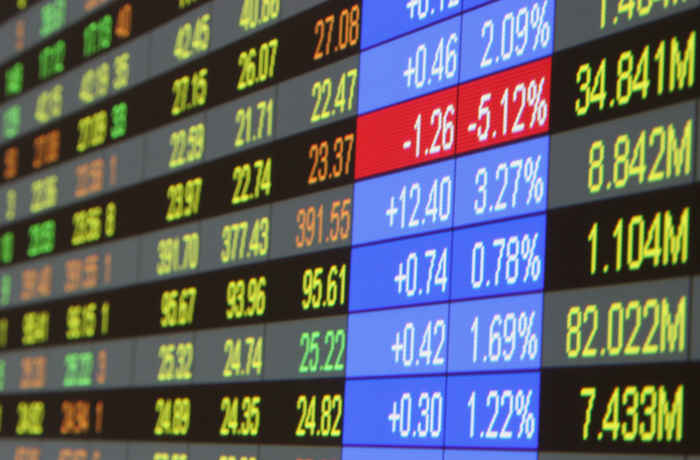The kingdom is adopting a raft of austerity measures to adjust state finances amid fears of a recession in a country which is long used to surplus oil revenues.
Saudi Arabia’s current budget is reportedly based on an average oil price of about $40. Analysts say if oil stays at current levels, the country’s rulers will have to slash spending further which could lead to a recession.
Ironically, Riyadh is behind the price collapse after raising output to record levels in a bid to put the shale oil out of the market or possibly pressure Iran and Russia with their balance sheets.
On Saturday, while all seven stock markets in Persian Gulf states tumbled, the Iranian stock index gained one percent, making it one of the best performing markets in the world with gains of six percent since the start of the year.
The dramatic moves came after the US, the UN and Europe removed sanctions on Iran, allowing the country to move ahead with its bid to redeem its share of the oil market with stepped-up production.
In a televised address on Saturday, President Hassan Rouhani said Iran plans to attract at least $30 billion in foreign direct investment over the next five years.
Deputy Petroleum Minister Amir-Hossein Zamaninia said the country is ready to increase its crude oil exports by 500,000 barrels a day (bpd).
"With consideration to global market conditions and the surplus that exists, Iran is ready to raise its crude oil exports by 500,000 barrels a day," he said.
In the Persian Gulf states, panic gripped traders in response to a fresh tumble of oil and global equity prices.
Qatar’s index fell 6.7%, while Abu Dhabi’s stocks tumbled 4.5% to the lowest level since November 2013. Kuwaiti stocks lost 3.2%, plunging to the lowest level since May 2004, and Bahraini equities edged 0.5% down.
Across the wider Middle East, Egypt`s index slumped 5.2%.
With prices at a 12-year low, oil dependent economies of Saudi Arabia, Kuwait, Oman, Qatar and the United Arab Emirates could see more spending cuts in 2016.
The stock markets in Dubai and Saudi Arabia have lost 42% and 38% respectively, ever since Saudi Arabia decided to ramp up oil production in November 2014.
More about:
















































